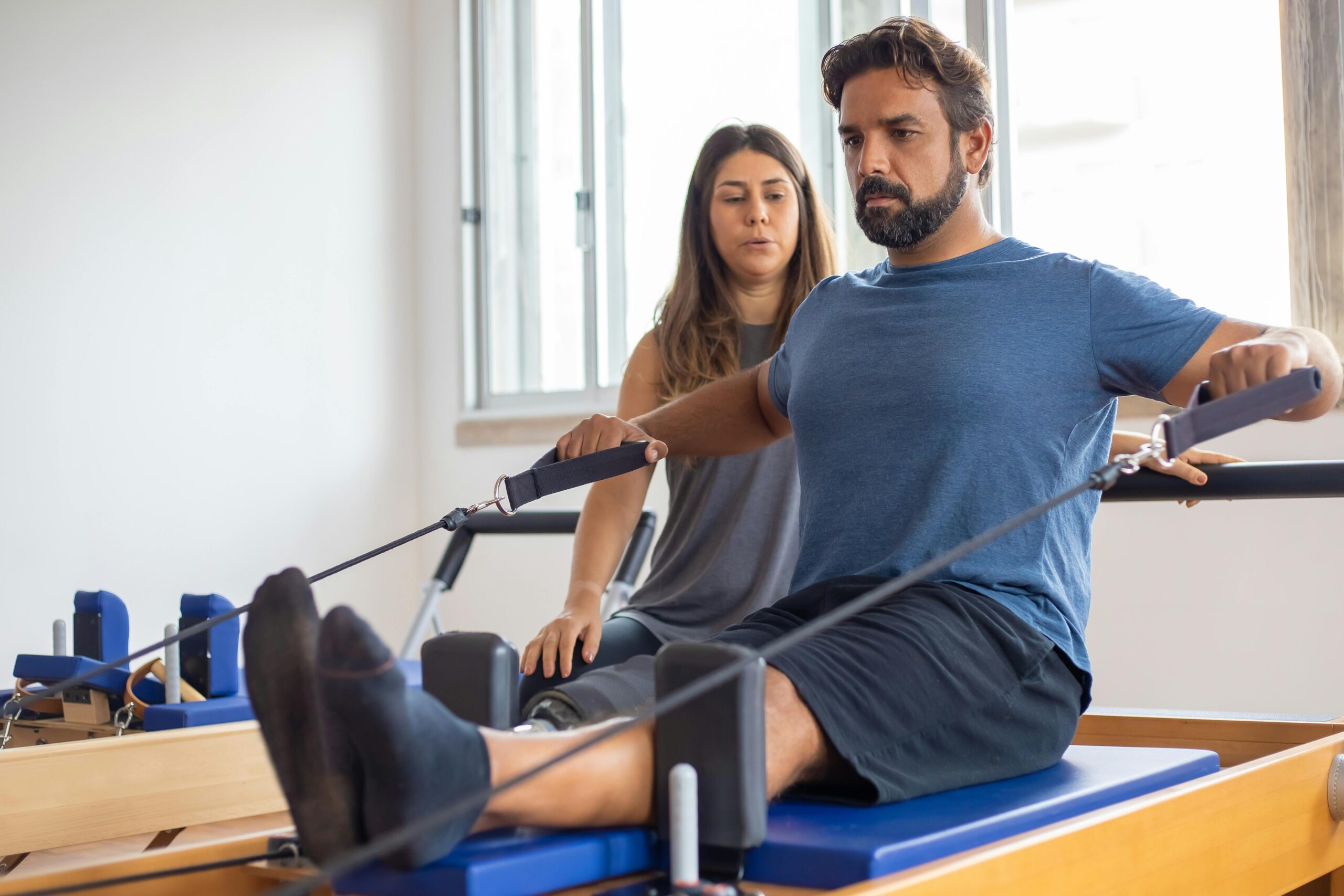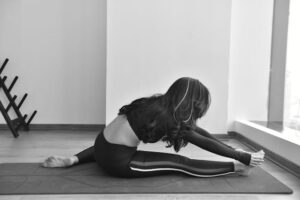
In today’s fast-paced world, maintaining a strong and flexible body isn’t just beneficial — it’s essential. Whether you’re recovering from an injury, aiming to enhance your physical capabilities, or simply trying to stay active as you age, incorporating targeted exercises into your routine can make a significant difference. In this article, we’ll explore five engaging physical therapy exercises that cater to various fitness levels and needs.
Bridging
Bridging is a simple yet powerful exercise that strengthens the lower back, glutes, and hamstrings while enhancing core stability. Begin by lying on your back with knees bent and feet flat on the ground hip-width apart. Press through your heels to lift your hips towards the ceiling until your body forms a straight line from shoulders to knees. Hold for a few seconds at the top before slowly lowering down. This exercise not only builds strength but also encourages hip mobility—a crucial component in maintaining balance and preventing injuries.
Cat-Cow Stretch
The Cat-Cow stretch is a gentle flow between two yoga poses that promotes spinal flexibility and stretches the neck, chest, and abdomen. Start on all fours with hands aligned under shoulders and knees under hips. Inhale deeply as you arch your spine, dropping the belly towards the mat, then exhale as you round the spine upwards. This rhythmic movement massages internal organs, alleviates tension in the back muscles, and improves circulation.
Clamshells
Clamshells are an excellent exercise for targeting the hips, glutes, and thighs while stabilizing the pelvic region. To perform this exercise, lie on your side with your legs stacked and knees bent at a 90-degree angle. Rest your head on your bottom arm and position the top hand on your hip for stability. Keeping your feet together, lift your top knee as high as possible without shifting your hips or rolling back. Pause at the top, then slowly lower your knee back down. This move enhances hip joint stability, which is essential for reducing the risk of injury during daily activities and improving overall posture.
Heel Slides
Heel slides are an effective exercise to improve knee mobility and flexibility. They involve minimal equipment and can be easily done at home. To perform heel slides, lie on your back with your legs extended straight in front of you. Slowly bend one knee, sliding your heel toward your buttocks while keeping your foot on the ground. Stop when you reach a comfortable stretch, hold for a moment, and then slide your heel back to the starting position. Repeat with the other leg. Heel slides not only aid in knee rehabilitation but also help maintain joint flexibility, making daily movements easier and more comfortable.
Standing Calf Raises
Standing calf raises are an effective exercise for strengthening the calf muscles, improving balance, and enhancing overall lower body stability. To perform this exercise, stand with your feet hip-width apart, keeping your hands on your hips or using a chair for support. Slowly rise onto the balls of your feet, lifting your heels as high as possible while maintaining a tall posture. Hold the elevated position for a moment, then gently lower your heels back to the ground. Ensure a controlled movement throughout to maximize muscle engagement and prevent injury. This exercise not only tones your calves but also promotes ankle stability, which is vital for walking, running, and participating in various physical activities.
Incorporating these five physical therapy exercises into your routine can significantly aid in building strength, enhancing flexibility, and improving overall body function. Whether you’re recovering from an injury or simply aiming to maintain an active lifestyle, these exercises offer clear benefits and can be easily adapted to your specific fitness level. A company like Limitless Therapy and Wellness can provide more information on physical therapy exercises. Remember, consistency is key to seeing progress, so integrate these exercises regularly into your fitness regime. Not only will they help you achieve your physical goals, but they’ll also contribute to a more balanced and injury-free life.


